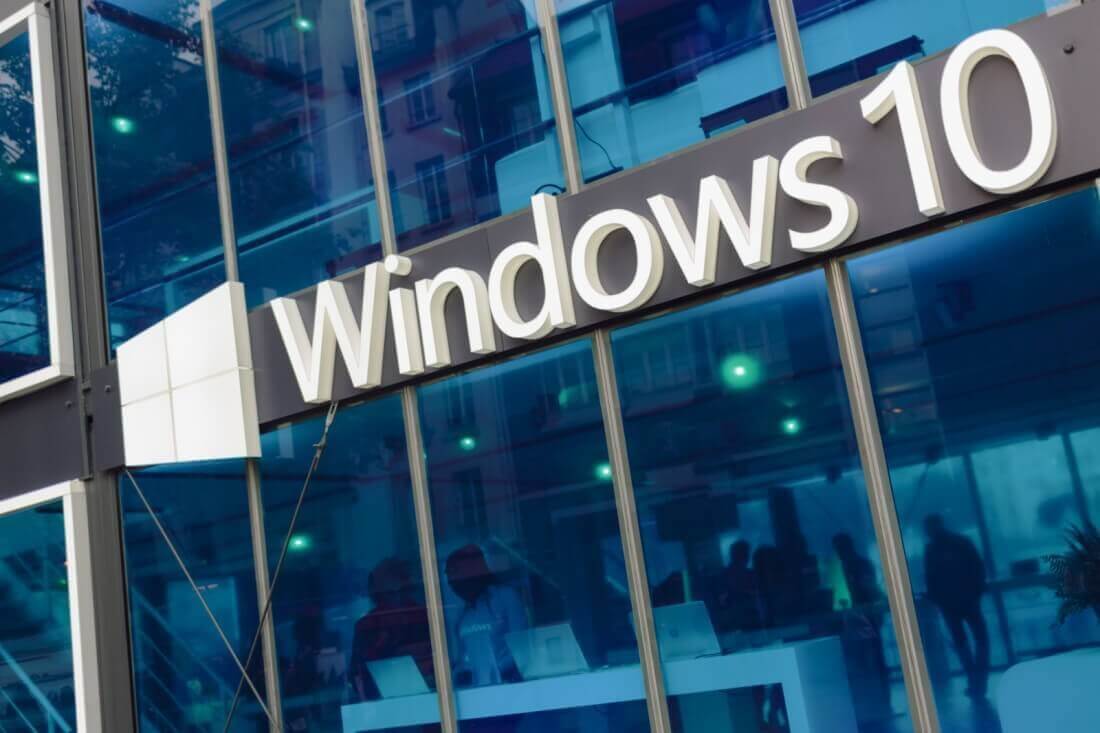Long time sore point -- disruptive updates. What's wrong with a simple user-scheduled update -- say 0100 -- 0500 or whatever is desired?
You can still do that, as far as I know. This is for people who don't schedule their updates, I imagine (such as myself - can't be bothered, because my computer use schedule is not predictable enough)
I used to schedule updates on one of my Windoze 10 machines until one of the updates made my computer unusable and I had to restore an image backup to get it running again. No more scheduled updates for me.
Since this particular PC is running Pro, I went into the policy editor and turned off automatic updates. I have not updated in over a year, and I have no problems. I do, however, get updates for virus definitions, and the two apps that I have on the PC, Hulu and Netflix.
If I update, I hear that the latest versions no longer honor the no updates setting in the group policy editor. However, I did update a laptop that is running home. I had specifically disabled the Windows Update service, but after the update that I performed manually, it automagically re-enables itself.
However, I found a work-around because my laptop is rarely connected to the internet, and when I do connect, the update process takes over everything, and I cannot use the computer for minutes to hours. I am sure many have experienced this kind of computer hijacking.
1. Ensure that you are logged in as an administrator.
2. Find services.exe in Windows\System32
3. Right-click, and select Properties
4. Select the security tab and click advanced
5. The owner line should list Trusted Installer - click "Change"
6. Type "Administrators" in the box and click "Check Names" this will bring up the administrator's group
7. Click "OK" and then Apply and ownership is taken away from the "Trusted Installer" and given to all users in the administrators group. You can also type in the name of an administrator user account that has administrative privileges if you wish in step 6 instead of the administrators group. Now close out the properties dialog.
8. Now, hit the windows key and type Services.msc and hit enter. Then sort the list from Z - A.
9. Find "Update Orchestrator Service", right click, select Properties
10. Now stop the service if it is running, and then set Startup Type to "Disabled" and Click OK
11, Stay in the services applet and find "Windows Update", right-click, and select "Properties"
12. Stop the service if it is running and then change Startup Type to "Disabled" and Click OK.
Now here is the important thing for the TS readers who are going to crap all over me for telling everyone how to do this. You will no longer get any updates at all - even virus definitions will not be updated - with both of these services disabled. Even if you go into Windows Update and ask it to check for updates - it will simply give you an error message. But, you have taken back control of your PC.
To get updates when you want them and not when M$ wants to shove them down your throat, you must go back into the properties in the services applet as you did above for both Windows Update and the Update Orchestrator Service and set their startup types to at least Manual or Automatic (Delayed Start) The Update Orchestrator Service will likely then hijack your PC and start an update. If it does not, you can then go into Windows Update and "Check For Updates" and you will then get updates again.
For me, since I am behind a separate firewall running on Linux, updates, especially when they render my PC unable to boot windows or hijack my PC when I am trying to use the internet, are at best a complete PITA at worst, the worst type of virus. IMO, even with this AI crap, I doubt they will get it right because they push out updates far too often, and those updates far too often completely break my PCs. I always do an image backup before I do a manual update.
OK M$ police. Start crapping on me for telling everyone on TS how to take control of their PCs back from your hands.
